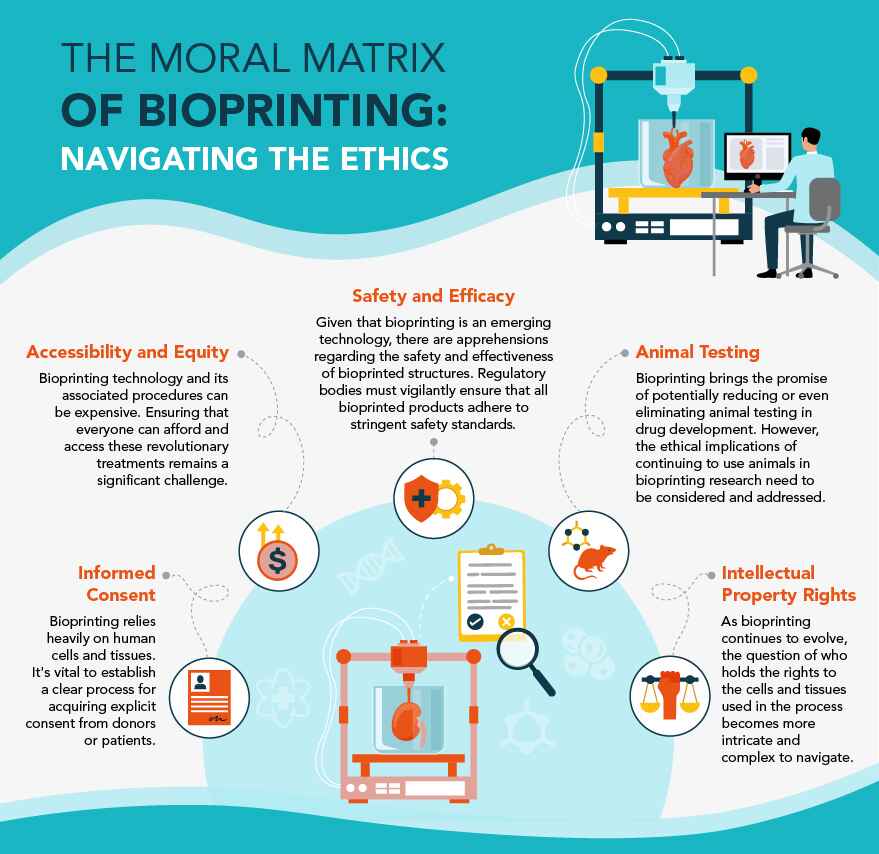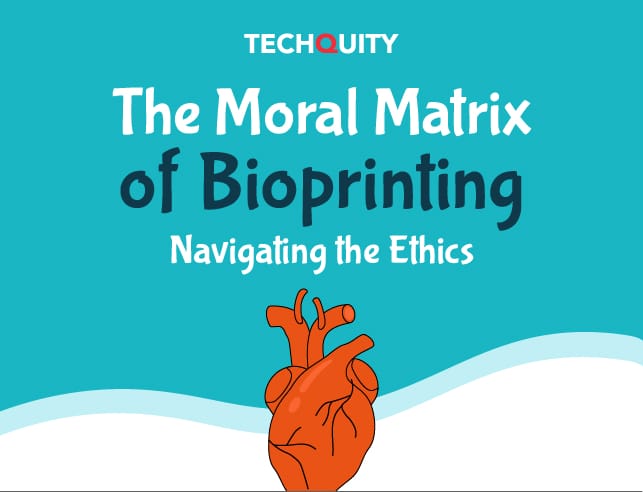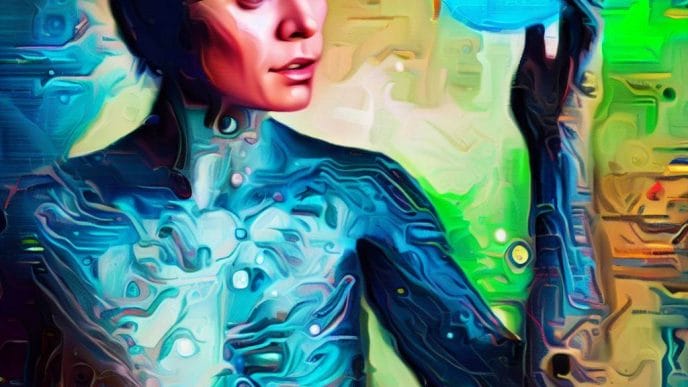Bioprinting is a new technology that uses 3D printing to create living structures. It’s like using a special kind of 3D printer to build with tiny building blocks made out of living cells!
Here’s how it works:
-
Special Ink: Instead of plastic or metal, bioprinters use a special ink called bioink. This ink is a complex mixture that can contain living cells, biocompatible materials, and growth factors. A computer-aided design (CAD) file acts as a blueprint, instructing the bioprinter to deposit the bioink layer by layer, building the desired 3D structure.
-
Types of Bioink: There are two main types of bioinks: hydrogels and biopolymer-based inks. Hydrogels are water-based gels that provide a scaffold for cells to grow on, while biopolymer inks are made from natural or synthetic polymers that mimic the extracellular matrix, the natural environment surrounding cells in our bodies.
-
Following a Blueprint: Just like a regular 3D printer, a bioprinter needs a blueprint to follow. This blueprint is a computer file that tells the printer exactly where to put each drop of bioink.
-
Layering by Layering: The bioprinter squirts out the bioink layer by layer, building the structure one tiny piece at a time.
-
Growing into Living Tissue: Once printed, the cells in the bioink need special care to help them grow and connect with each other, forming a functioning piece of tissue.
Bioprinting is still new, but it has the potential to be very useful in medicine. Here are some ways it might be used:
-
Fixing Damaged Parts: Doctors might use bioprinting to create replacement tissues for people with injuries or diseases. For example, they might print skin grafts for burn victims or cartilage to repair damaged knees.
-
Testing New Medicines: Scientists can use bioprinted tissues to test new medicines in a more realistic way than using traditional methods. This could help develop safer and more effective medications faster.
-
Growing New Organs: In the future, doctors might even be able to use bioprinting to create new organs for transplant. This could solve the problem of organ donor shortages and waiting lists.
Bioprinting is a complex technology, and there are still many challenges to overcome. But scientists are working hard to improve it, and it has the potential to revolutionize the way we treat diseases and injuries.















